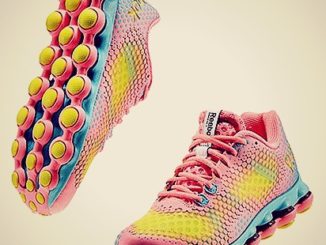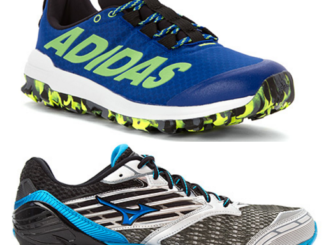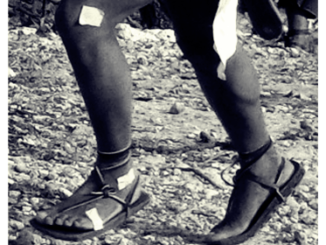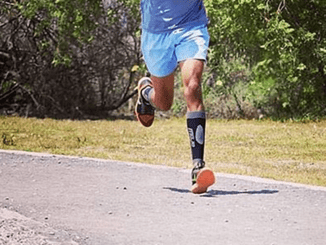
Why Cushioned Running Shoes Are Bad for Your Ankles
One of the only ways to prevent ankle injury when running is to either run barefoot or in minimalist shoes because the heightened feel of the ground translates into better muscular and reflexive stability of the ankle, allowing for both more controlled ankle and foot step stability as compared with thick cushioned running shoes, which was found to be threatened to the stability of the ankle-joint!




